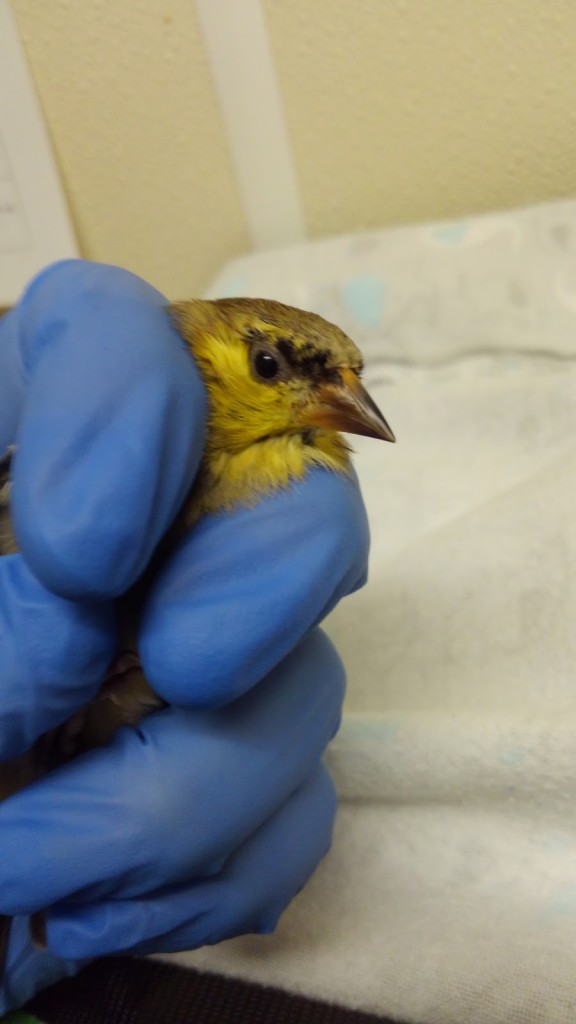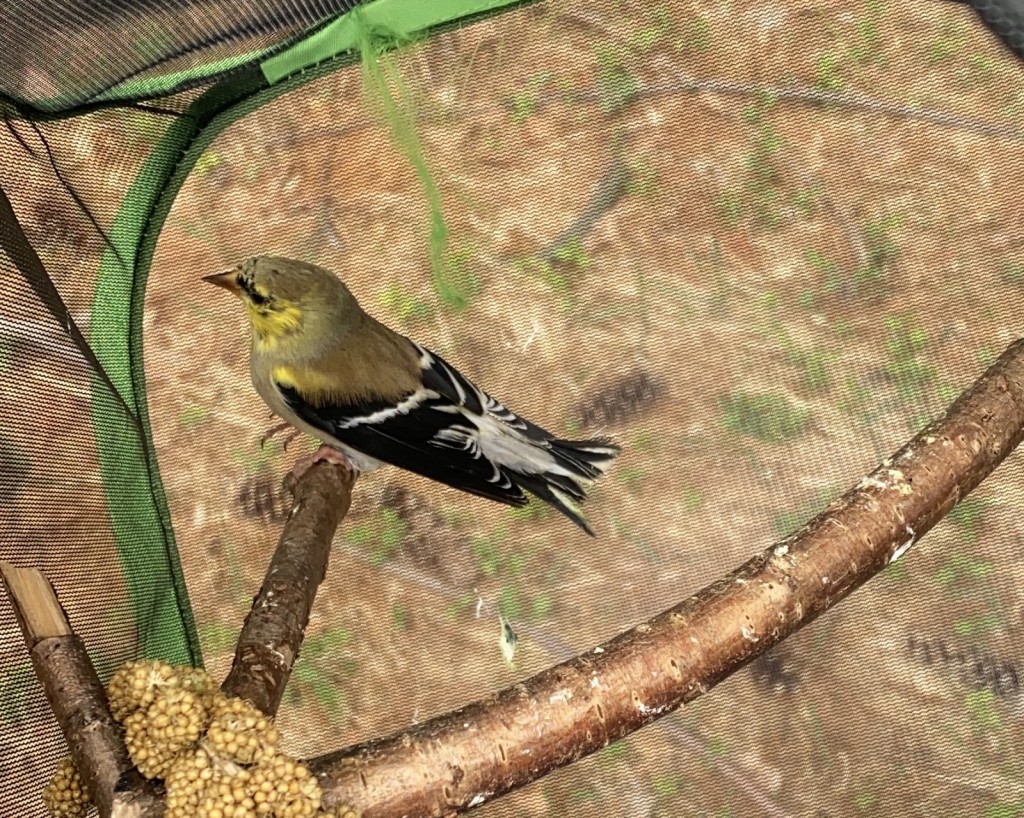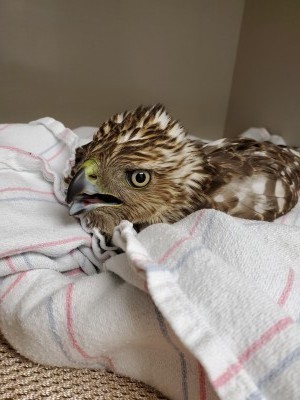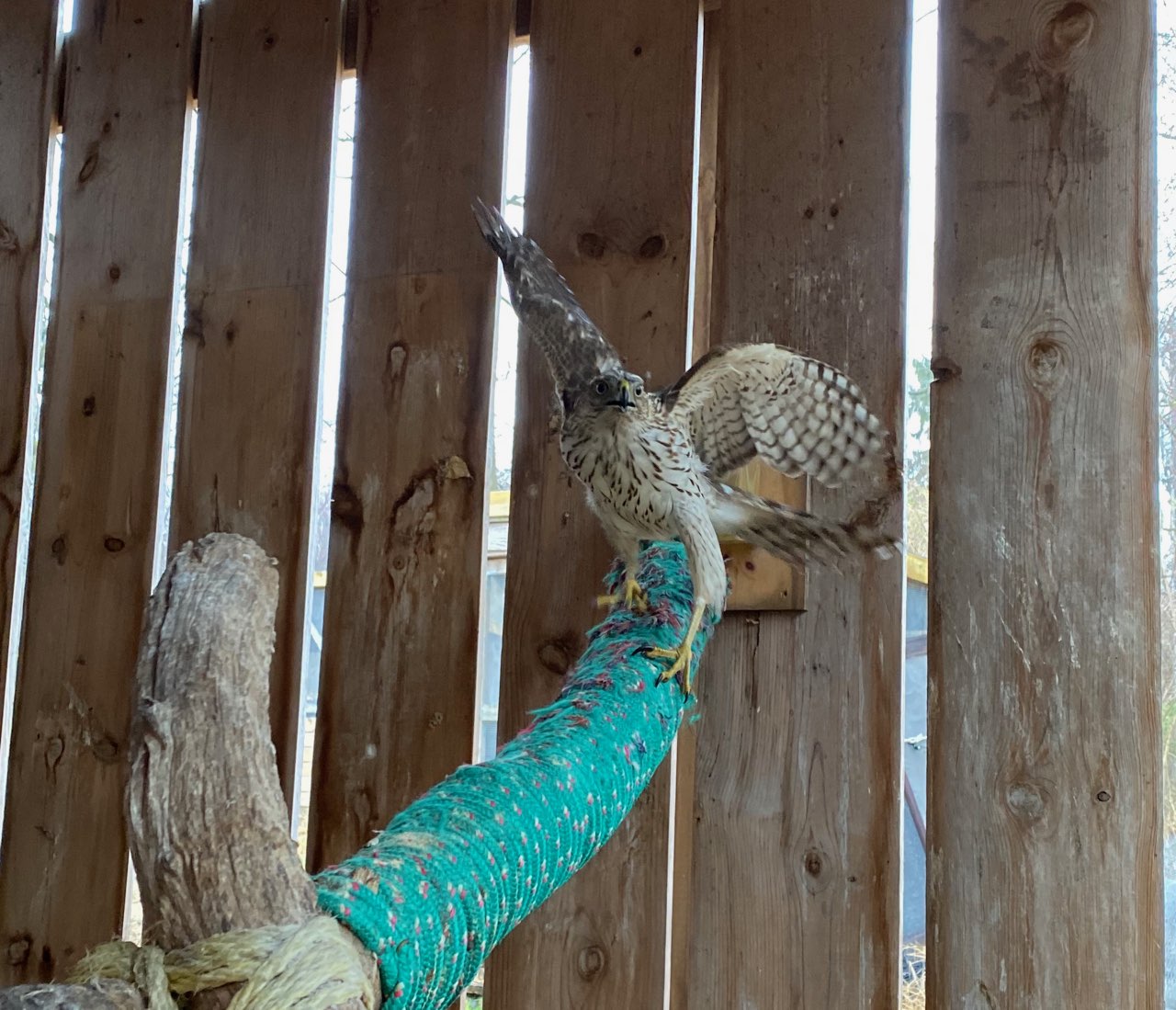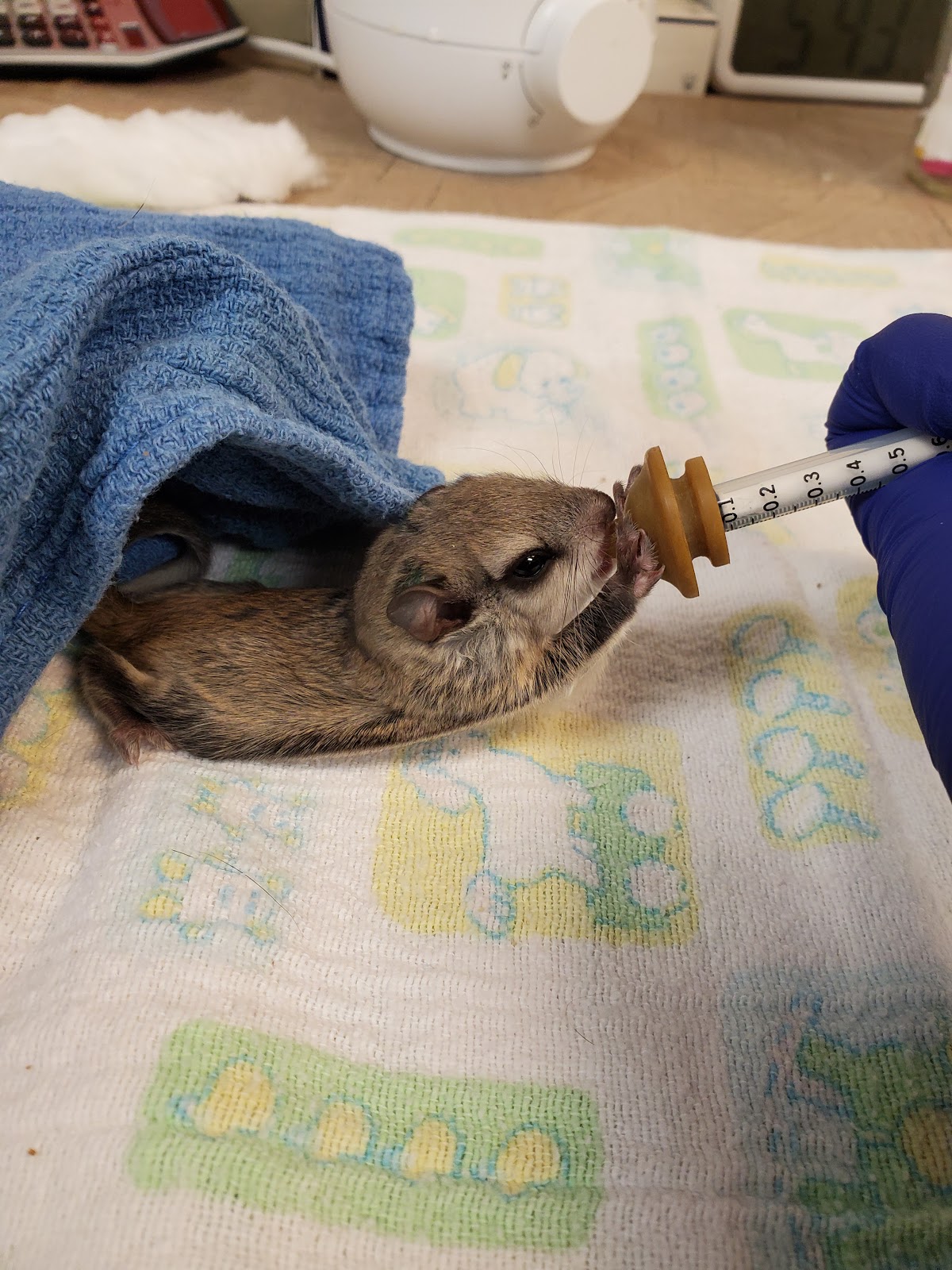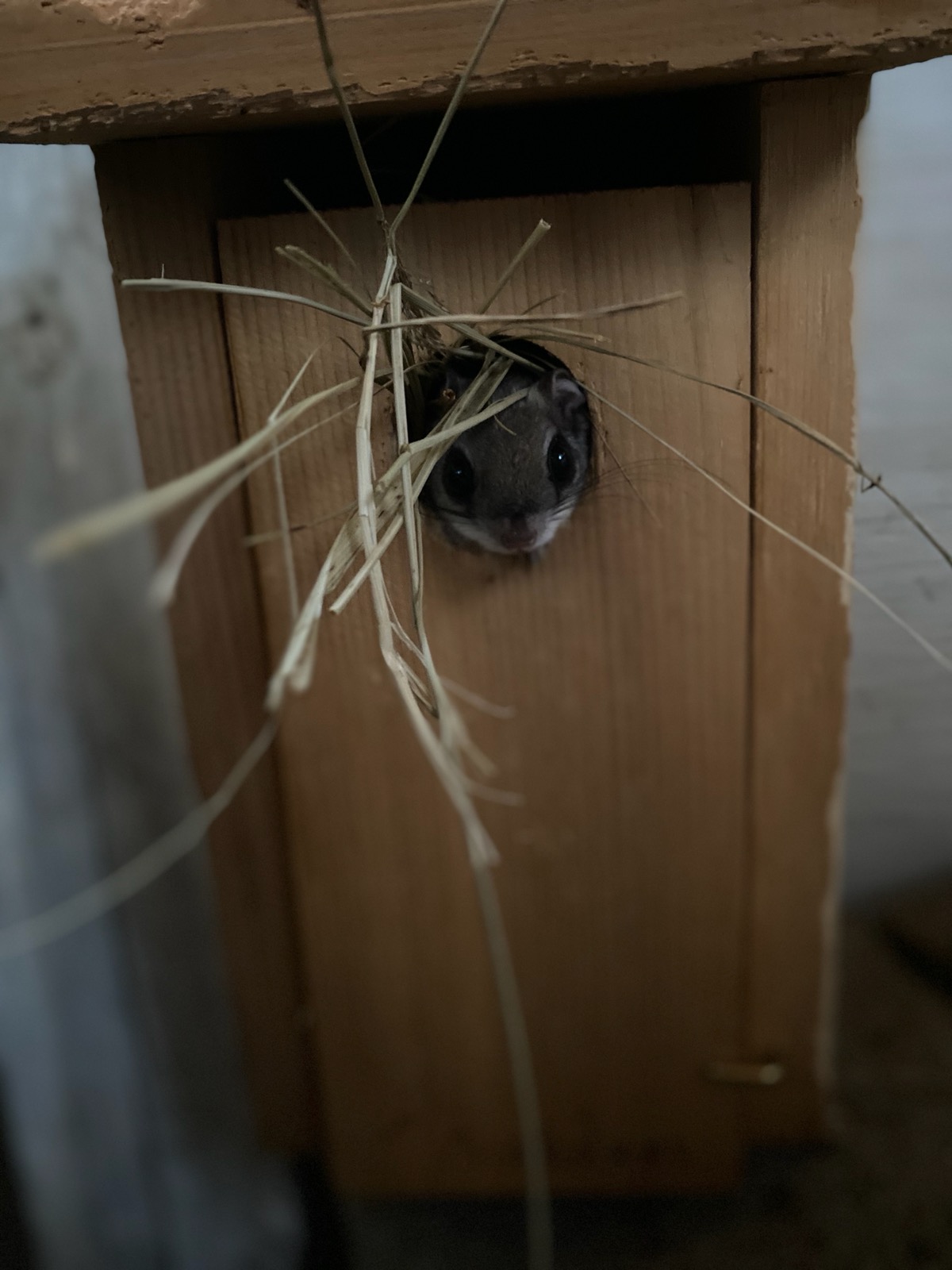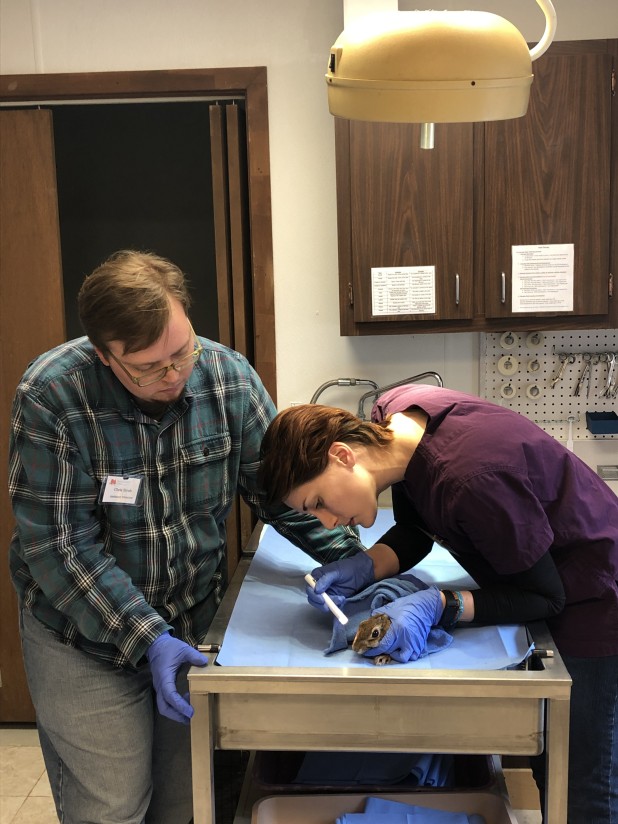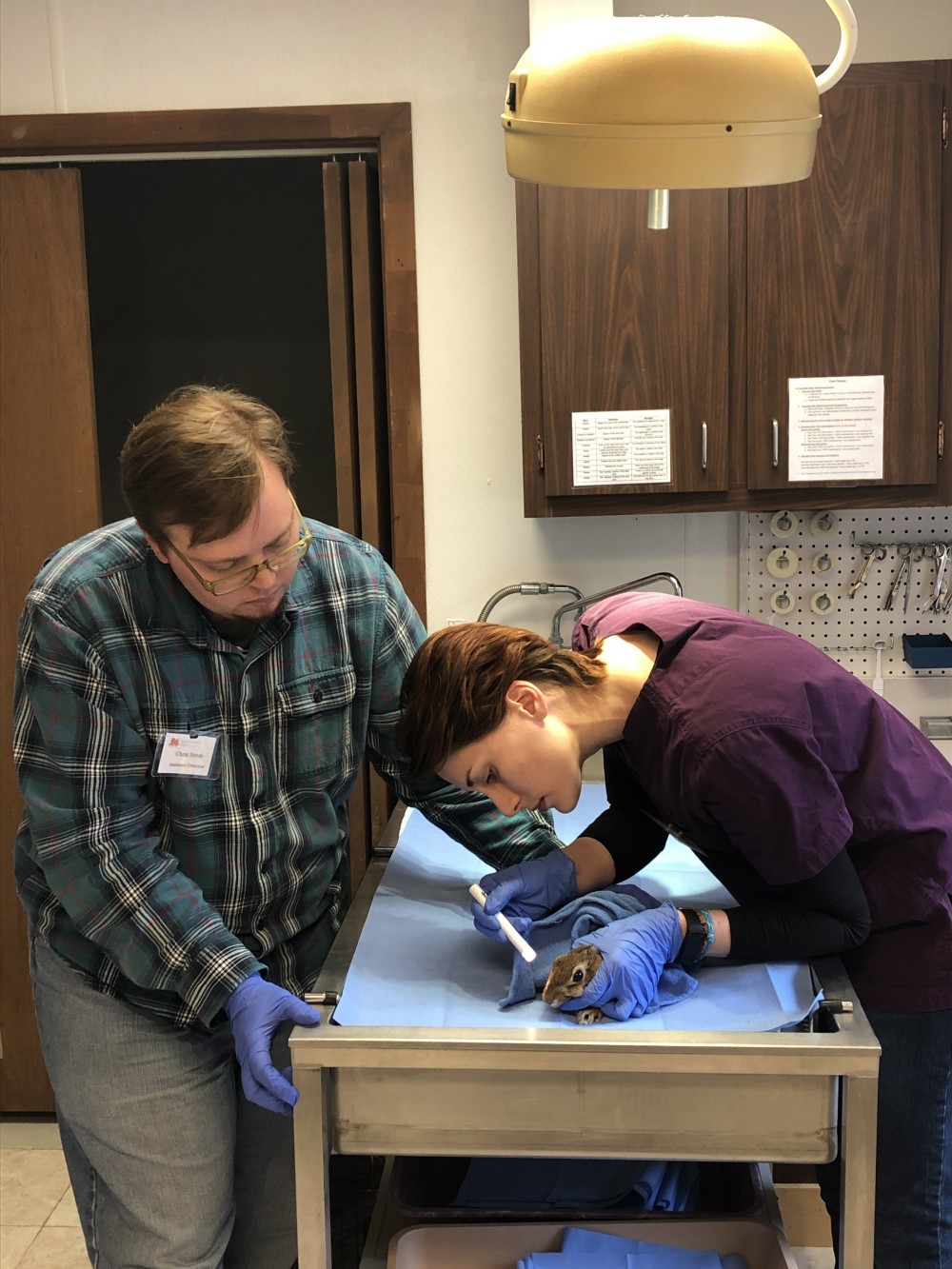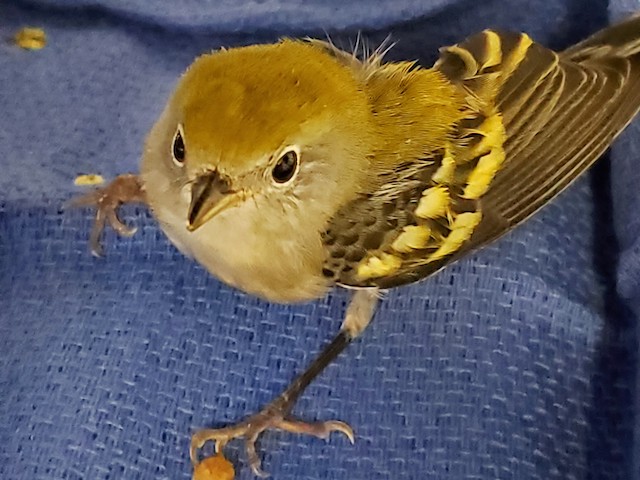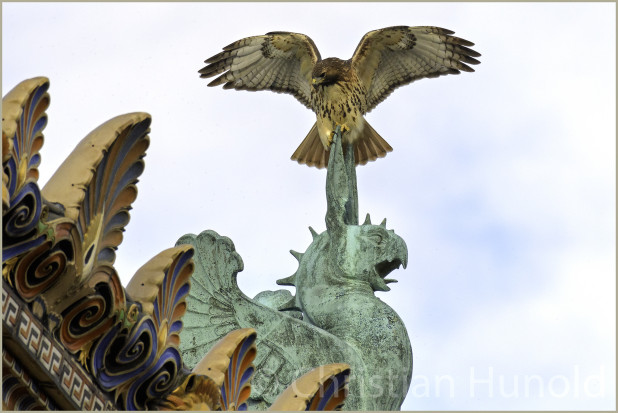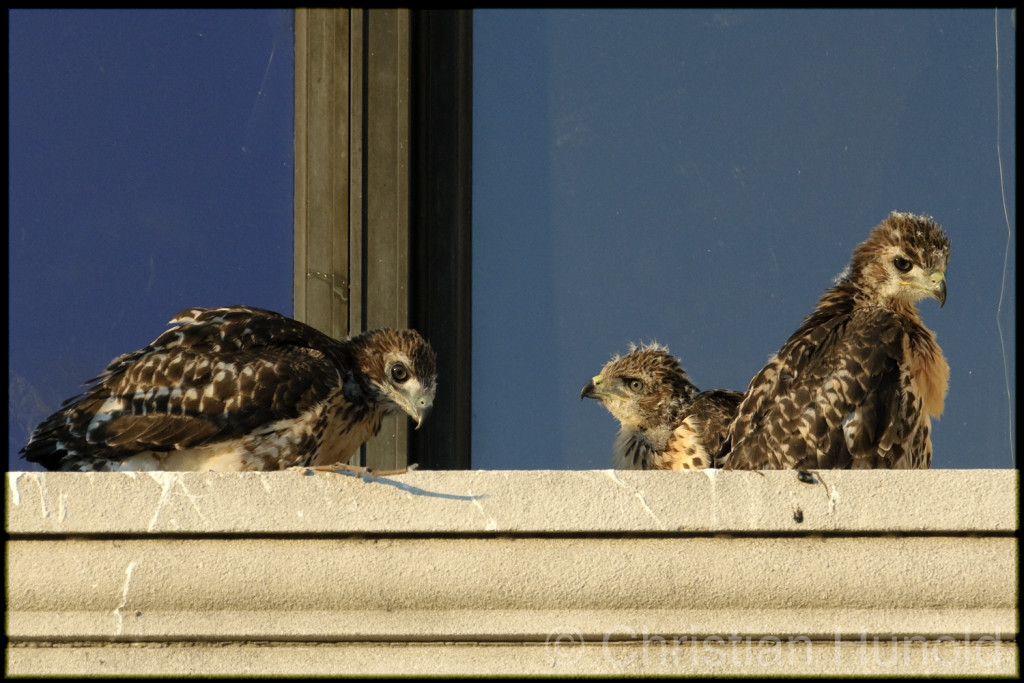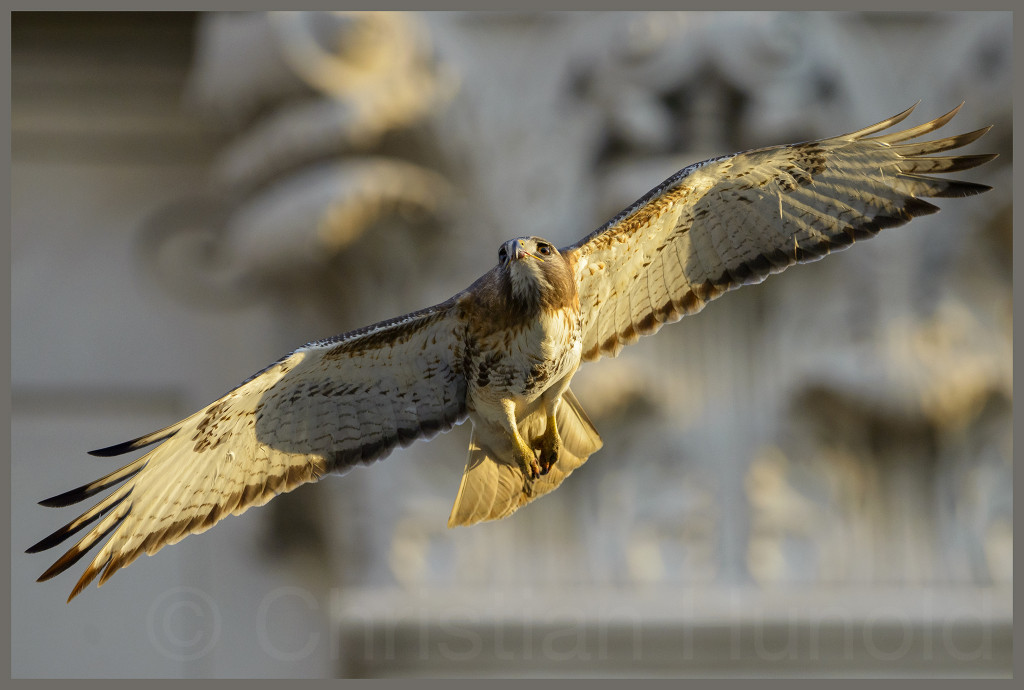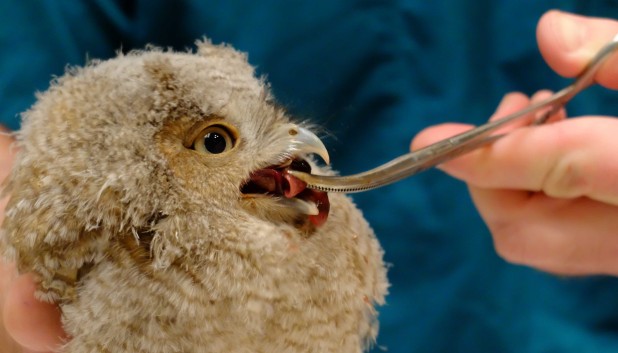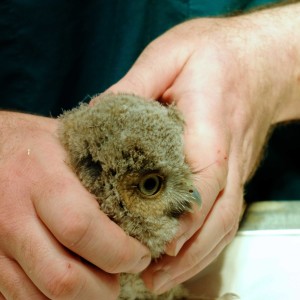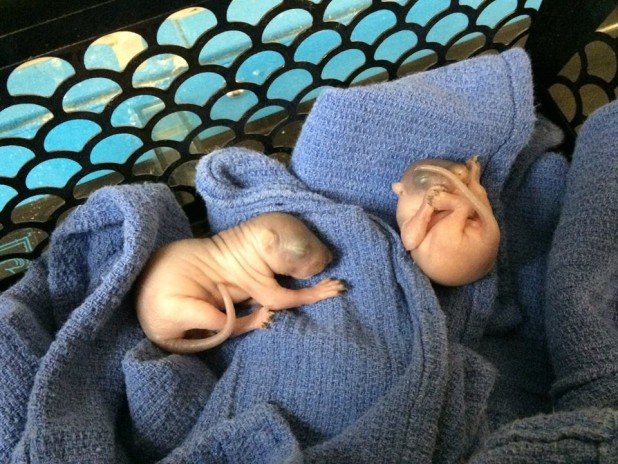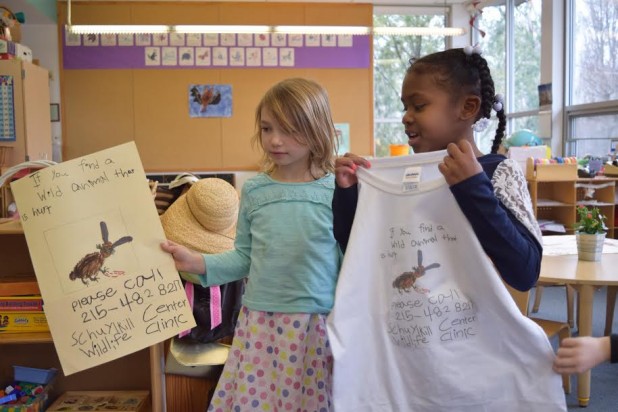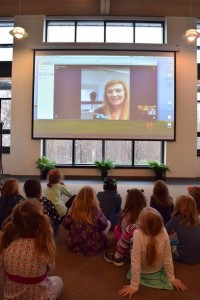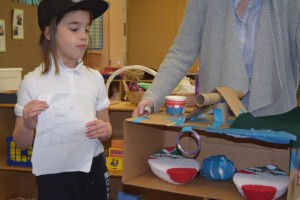By Mike Weilbacher
This Saturday– Groundhog Day, appropriately enough– the Schuylkill Center celebrates the reopening of our Wildlife Clinic with a family festival marking the day, Winterfest for Wildlife. Held at the Visitor Center on Hagy’s Mill Road and happening from noon to 4 p.m., the event includes nature walks, wildlife talks, face painting, wildlife-themed arts and crafts, storytimes courtesy of the Free Library, a bake sale, and more.
But the event kicks off at noon with a ceremonial ribbon-cutting. Since the Wildlife Clinic itself is typically closed to the general public as it is a hospital for ill and injured patients that need quiet and rest, the event occurs at the Schuylkill Center’s main building, where we’ll string a ribbon across our auditorium to be cut by clinic friends, marking the reopening of the clinic.
The Master of Ceremonies for the ribbon-cutting will be Kathy O’Connell, the award-winning host of WXPN-FM Philadelphia’s “Kid’s Corner,” one of the very few children’s radio shows in the country. Kathy, a long-time friend of the Schuylkill Center, will stay after the ribbon-cutting to meet and greet friends and engage them in wildlife-related activities.
Rebecca Michelin, our Director of Wildlife Rehabilitation, will present a slideshow on urban wildlife, and Ent Natale, an educator on the center’s staff, will lead walks looking for signs of local wildlife. In addition, the Pennsylvania Game Commission will be on hand to mark the day, as they are a key partner in the Wildlife Clinic. In fact, just this week clinic staff released a Cooper’s hawk brought to the facility by the Game Officer. (Since it was brought to us from the Naval Yard, our staff released it back at the Naval Yard.)
Since there are few patients on hand at the moment, small groups of visitors will be given limited-time tours of the Wildlife Clinic; vans will be shutting people back and forth from the Visitor Center to the clinic on Saturday. At Winterfest, visitors will be able to sign up for a slot on a tour at the event. Chris Strub, the clinic’s Assistant Director, will offer these tours while Rebecca presents wildlife talks at the Visitor Center. This will be the only time of the year when we will conduct this kind of tour at the clinic.
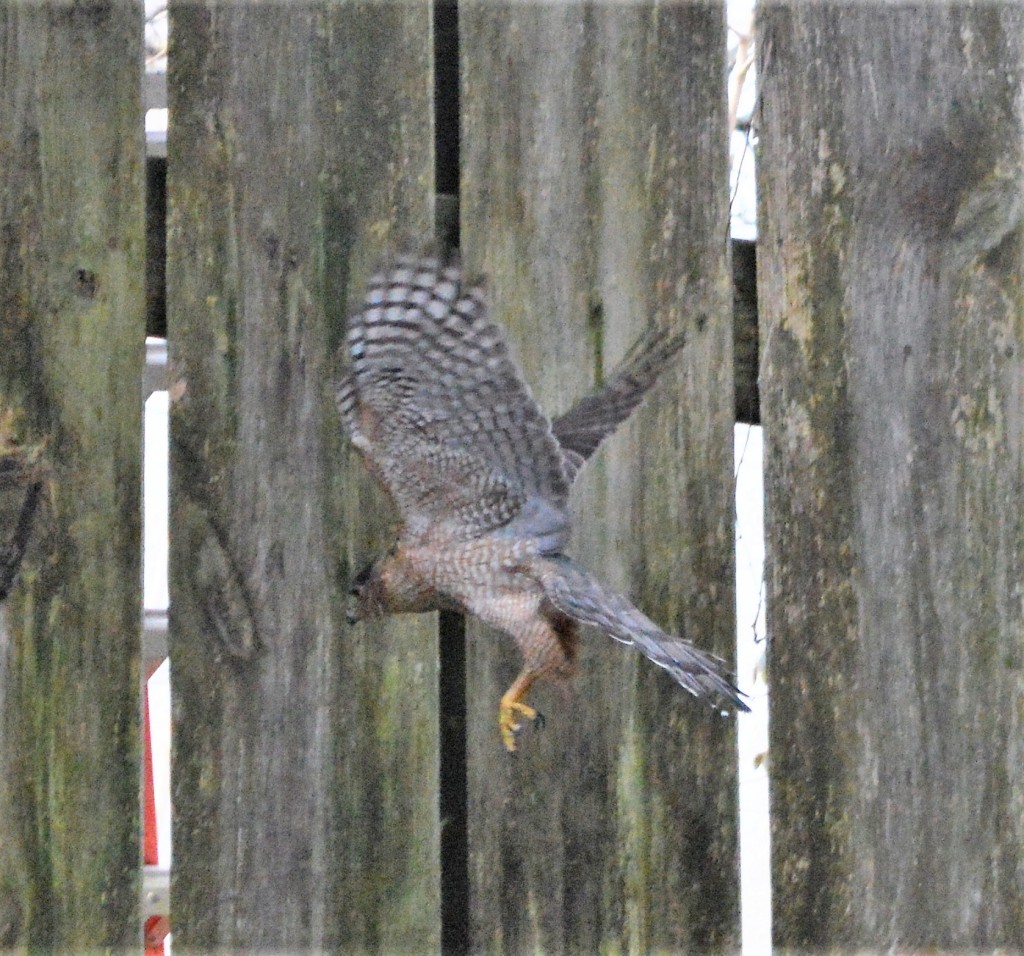
The Cooper’s hawk brought to the Schuylkill Center for rehabilitation by the Pennsylvania Game Commission. After successfully being rehabbed by the clinic’s skilled staff, the bird– a skilled predator of other flying birds– was rebased this week where it was discovered, at the Naval Yard.
It makes perfect sense for Winterfest for Wildlife to occur on Groundhog Day, the only holiday named for a wild animal. While folk legend holds that groundhogs– also called woodchucks– peek out of their burrows and look around that day; if they see their shadows, they scare back into their holes and we have six more weeks of winter. If the weather is overcast and there is no shadow, guess what: early spring. While scientific studies– yes, someone actually studied this– show no correlation between Punxsutawney Phil, the world’s most famous groundhog, and weather patterns, there is a kernel of science embedded here, as male woodchucks have been spotted coming out of hibernation dens in early February to scout for the dens of females, likely getting an early start on the spring mating season.
With temperatures dropping back down into the single digits this week, let’s all guess that Punxsutawney Phil sees his shadow on Saturday– and winter stays. But who knows?
Speaking of spring and baby animals, this is also why the Wildlife Clinic is holding its public coming-out party in February. Gray squirrels will soon be having babies, and one of the annual rites of spring at wildlife clinics across the country is marking that time when people start bringing in baby animals (or calling us about baby animals)– and baby squirrels typically lead the parade, usually starting around Valentine’s Day (though baby squirrel season seems arrive earlier and earlier in the calendar).
So come to the Schuylkill Center at noon on Saturday, help us cut the ribbon and celebrate the re-booting of this critical area facility, the only wildlife rehabilitation center in Philadelphia and one of a very small handful in the entire region. Stay for some baked goodies, enjoy Rebecca talk, take a winter wildlife walk, bring your children or grandchildren for story times and crafts, and enjoy the day.
Then, consider volunteering for the Wildlife Clinic, joining the ever-growing group of great people who will help Rebecca and Chris take care of the thousands of injured, orphaned and baby animals that will soon come pouring into its front door.
Or go to our website, www.schuylkillcenter.org, to find the list of items the clinic is seeking to be donated to help it meet the needs of its wild patients: dog and cat foods, blankets, T-shirts, and more. There’s also an Amazon wish list of supplies you can have sent to us directly. It’s all in the wildlife clinic section of the website.
Spring is coming, in spite of this week’s freezing weather, and the Wildlife Clinic will be heating up along with the weather. We’d love your help in making this happen, by volunteering, by donating, or simply by coming to Winterfest to see what all the excitement is about.
Hope to see you here.
Mike Weilbacher directs the Schuylkill Center for Environmental Education in Upper Roxborough, tweets @SCEEMike, and can be reached at mike@schuylkillcenter.org.

